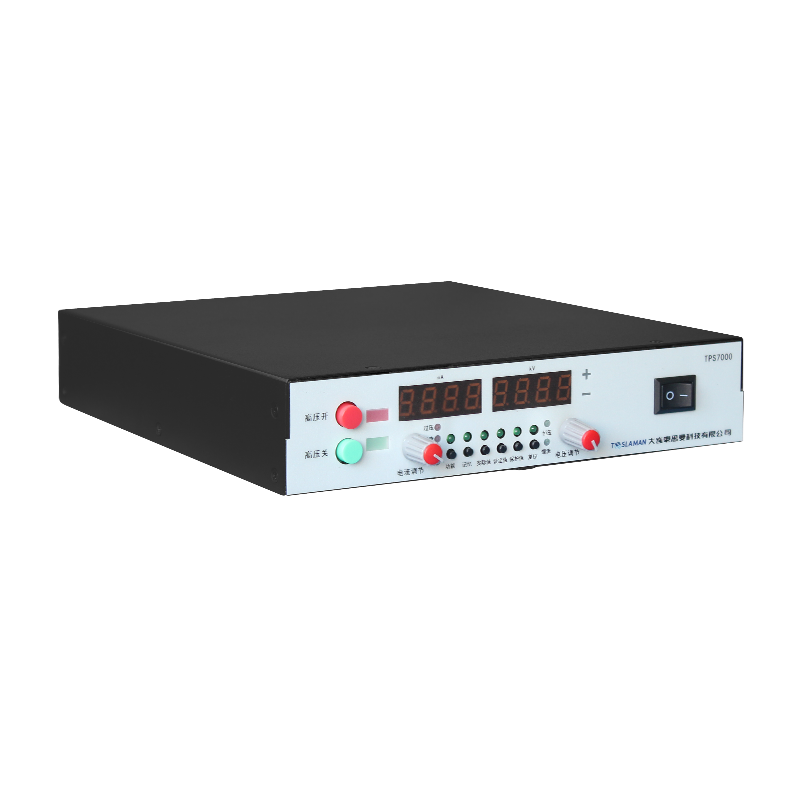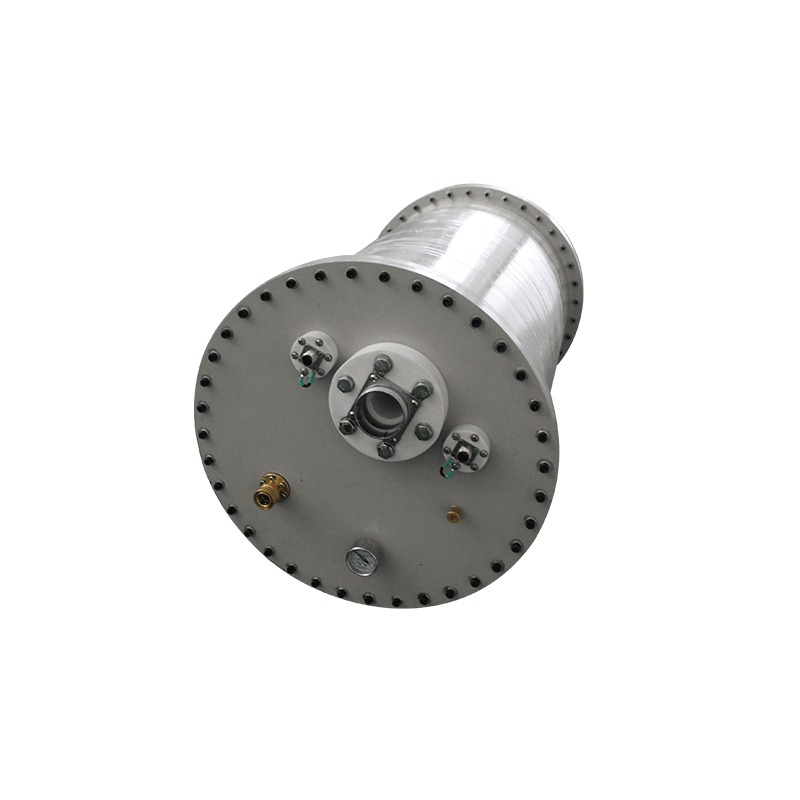Multiplication Stability of High-Voltage Power Supplies for Electron Multipliers
In the field of weak signal detection, electron multipliers, with their high-gain characteristics, serve as core components in devices such as mass spectrometers and photodetectors. Electron multipliers achieve avalanche-like electron multiplication through a cascaded electrode structure. As the energy source that drives their operation, the output characteristics of high-voltage power supplies directly determine the stability of the electron multiplication process, thereby affecting the sensitivity and reliability of the detection system.
The working principle of electron multipliers is based on the secondary electron emission and electric field acceleration effects. High-voltage power supplies apply a stable high voltage difference between the electrodes of the multiplier. When initial electrons strike the electrode surface, secondary electrons are excited. These secondary electrons are accelerated towards adjacent electrodes under the action of a strong electric field and strike again to generate more electrons. After multiple stages of multiplication, detectable electrical signals are formed. During this process, the accuracy of the output voltage, the magnitude of the ripple, and the dynamic response speed of the high-voltage power supply directly affect the multiplication efficiency and consistency of electrons between electrodes. Even minor voltage fluctuations can cause the electron emission of a certain electrode to deviate from the expected value, disrupting the stability of the multiplication process and leading to deviations in the detection results.
The factors influencing the multiplication stability of high-voltage power supplies for electron multipliers are complex. Power supply ripple is the primary source of interference. Even millivolt-level ripple superimposed on the operating voltage can cause fluctuations in the electric field strength between electrodes, resulting in random fluctuations in the number of emitted electrons and causing variations in the multiplication gain. Secondly, temperature changes significantly impact power supply stability. As the ambient temperature changes, the parameters of internal components of the power supply drift, reducing the stability and accuracy of the output voltage and affecting the electron multiplication process. In addition, load changes cannot be ignored. When the intensity of the detection signal changes, the load of the electron multiplier changes accordingly. If the high-voltage power supply cannot respond quickly and adjust the output, the multiplication process will become unstable.
To enhance the multiplication stability of high-voltage power supplies for electron multipliers, approaches should be taken from both power supply design and system optimization. In terms of power supply design, low-ripple topologies are adopted, combined with multi-stage filter circuits and high-precision voltage regulation modules to suppress the ripple to the lowest level. Digital closed-loop control technology is introduced to monitor the output voltage in real time and make dynamic adjustments, ensuring stable voltage output. Meanwhile, components with low temperature coefficients and high stability are selected, and temperature compensation circuits are used to reduce the impact of temperature drift. At the system level, an adaptive load adjustment mechanism is established to adjust the power supply output parameters in real time according to the operating state of the electron multiplier. In addition, electromagnetic shielding is designed for the power supply to reduce the impact of external interference on the multiplication process.
By optimizing the performance of high-voltage power supplies and improving system control, the multiplication stability of electron multipliers can be effectively enhanced, providing a reliable guarantee for high-precision weak signal detection. With the continuous advancement of technology, high-voltage power supplies for electron multipliers will develop towards higher stability and higher precision, promoting the widespread application of related detection technologies in scientific research and industrial fields.




















